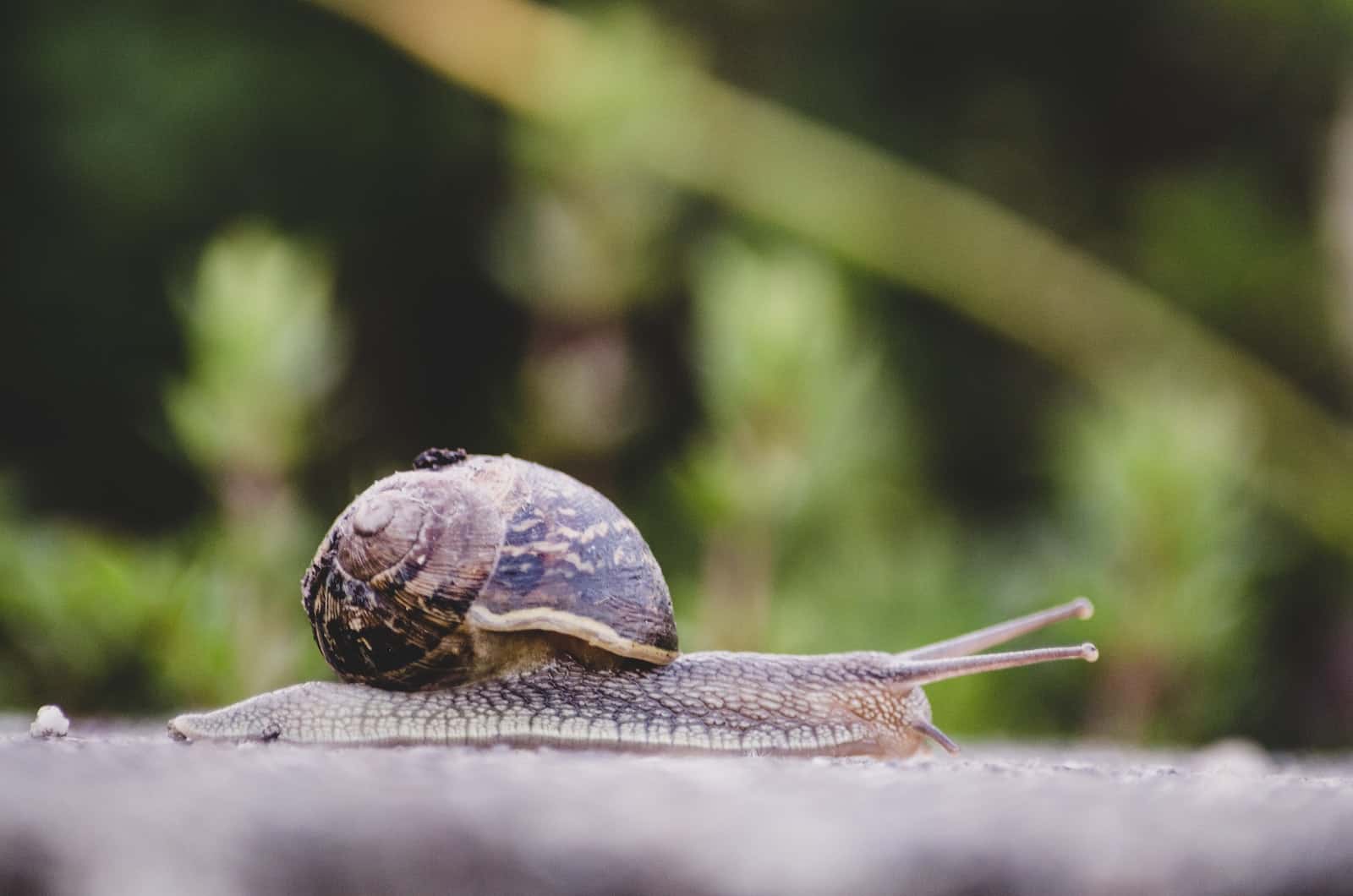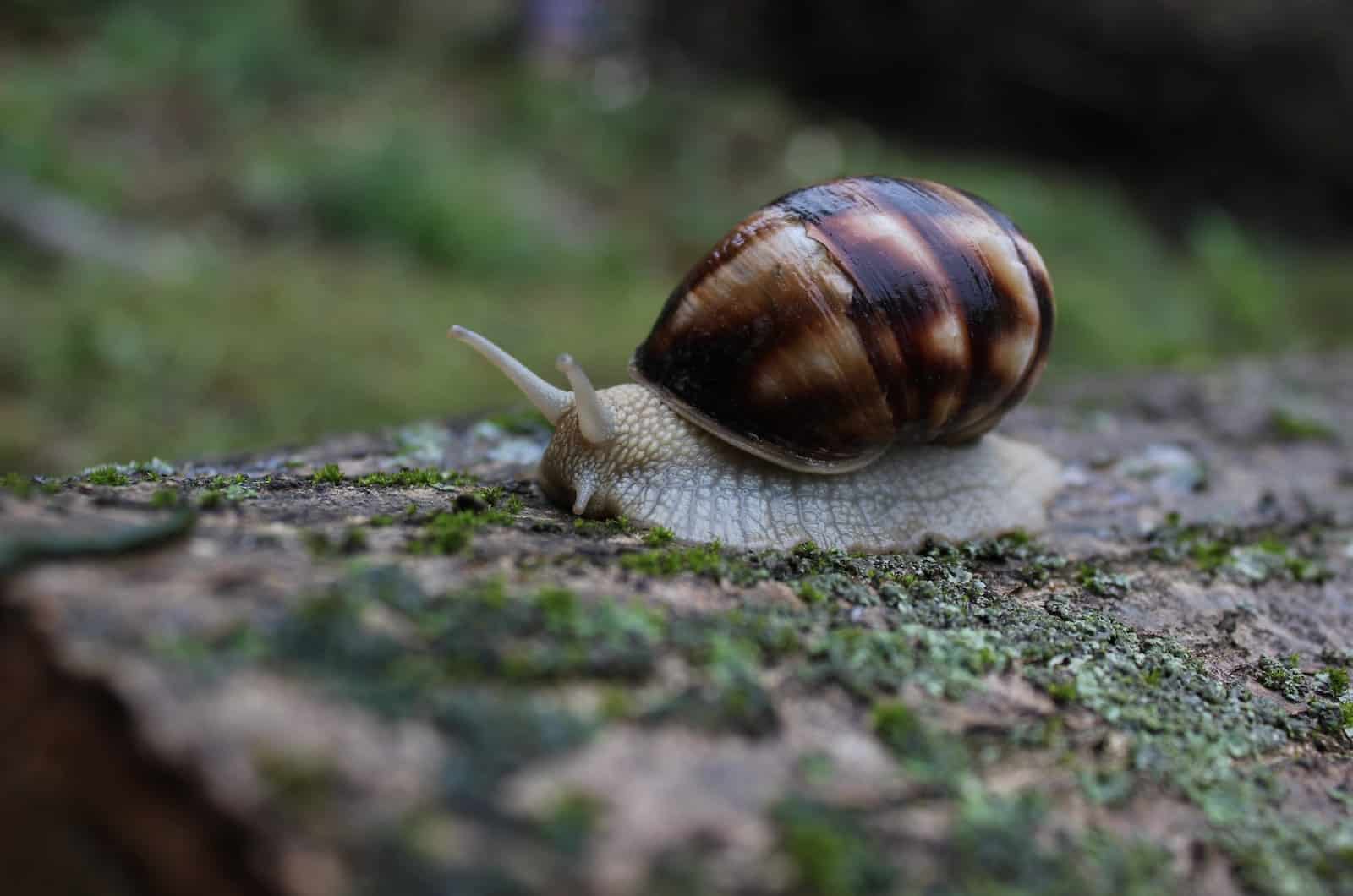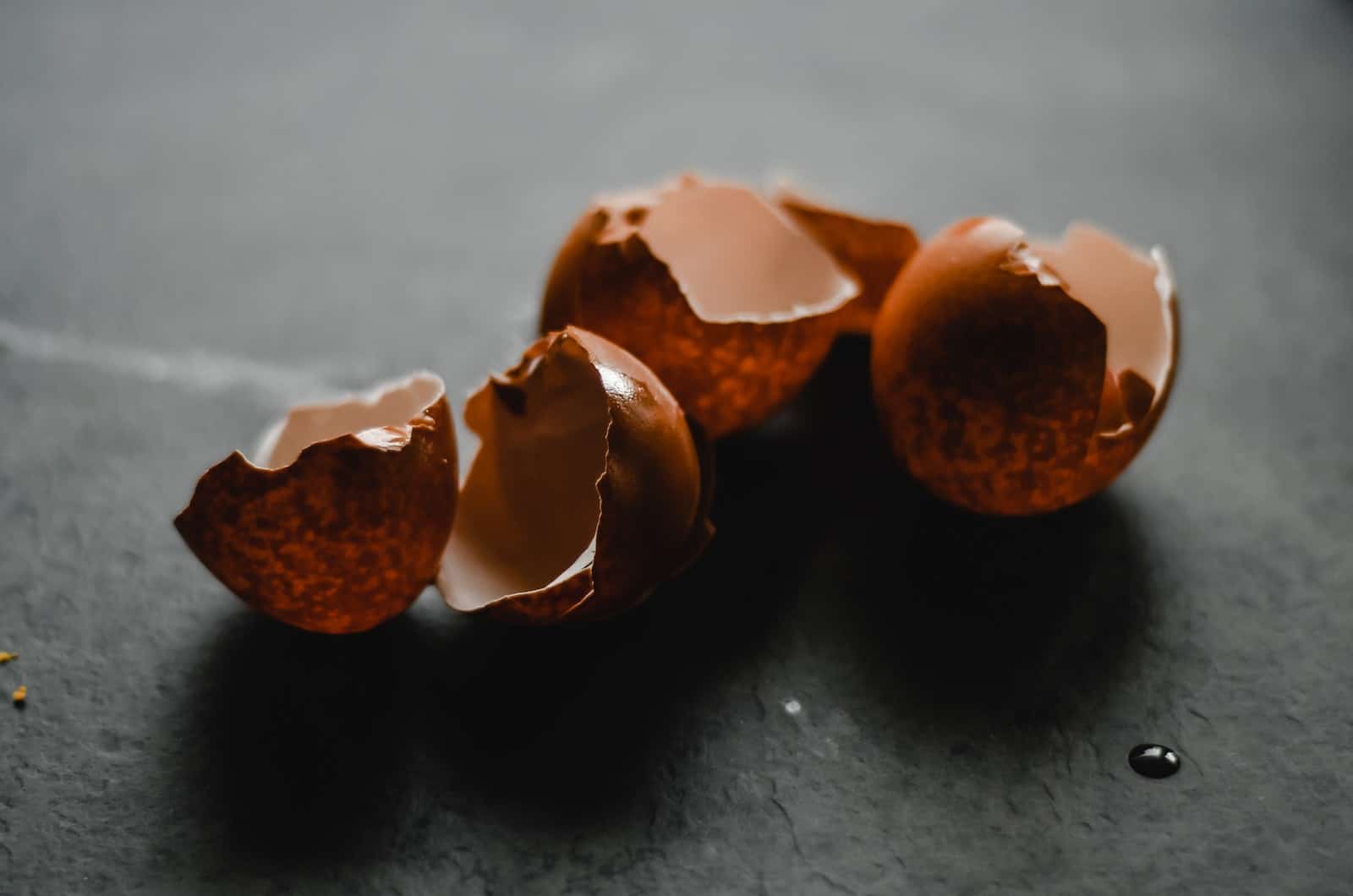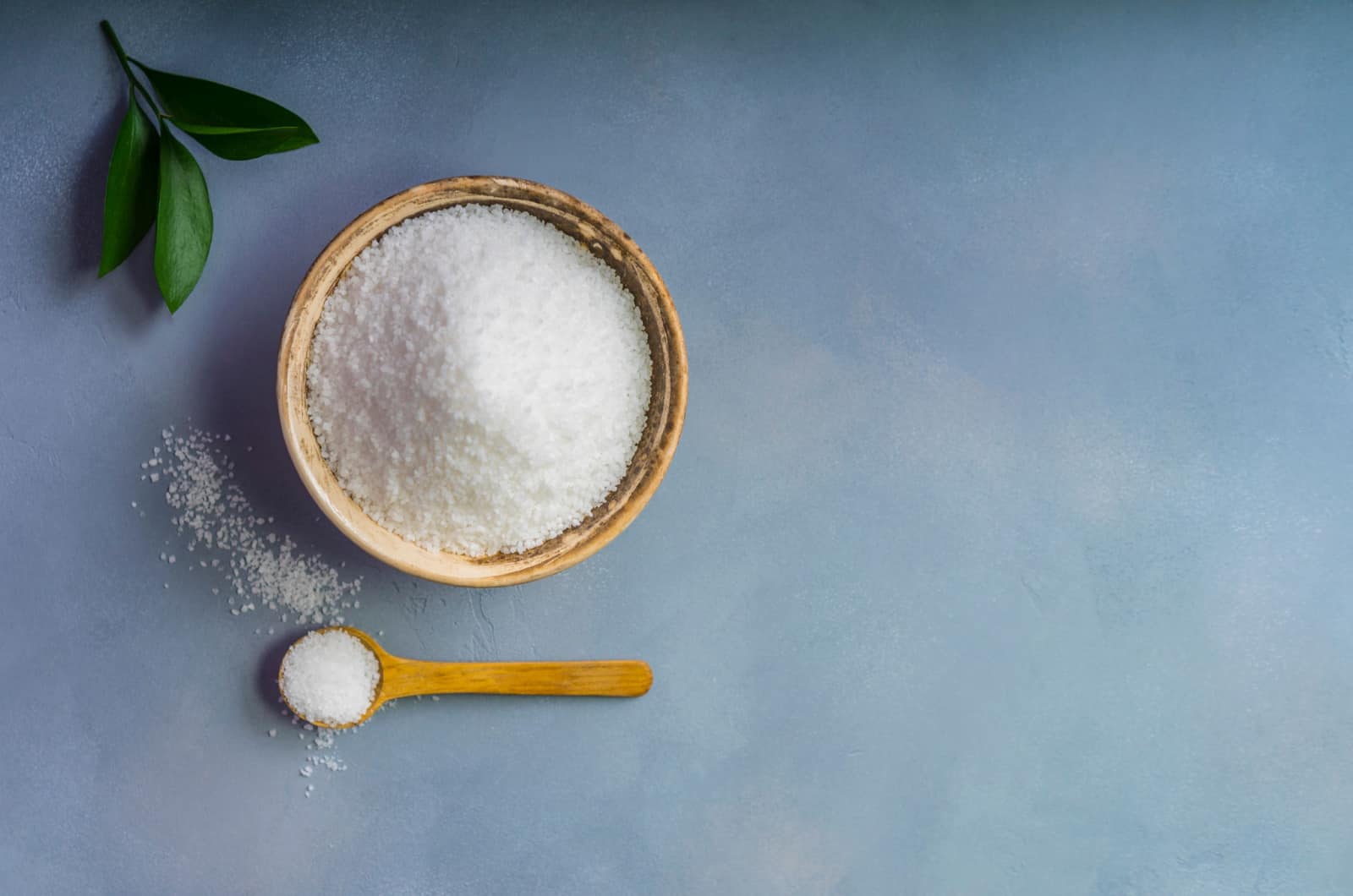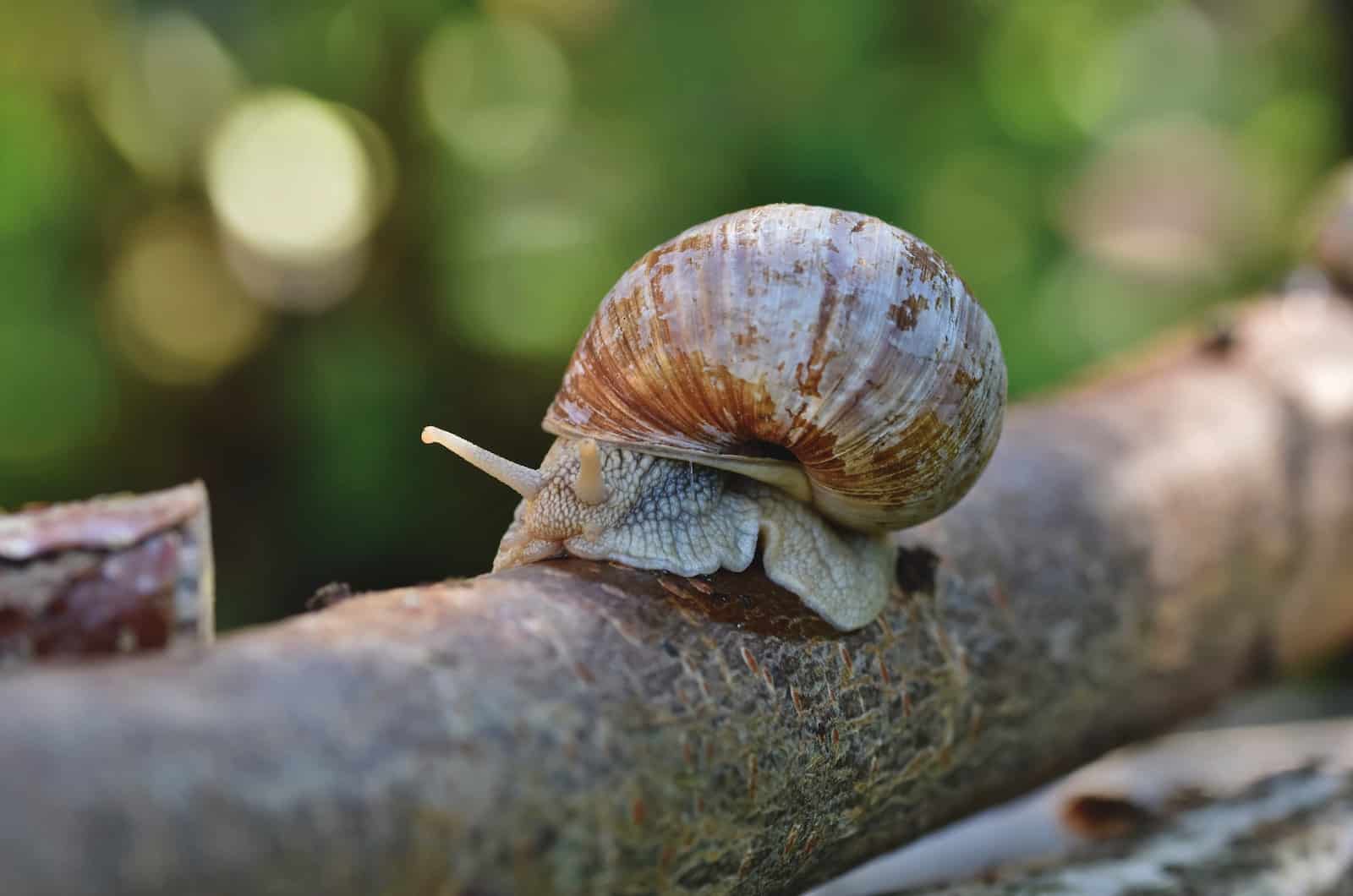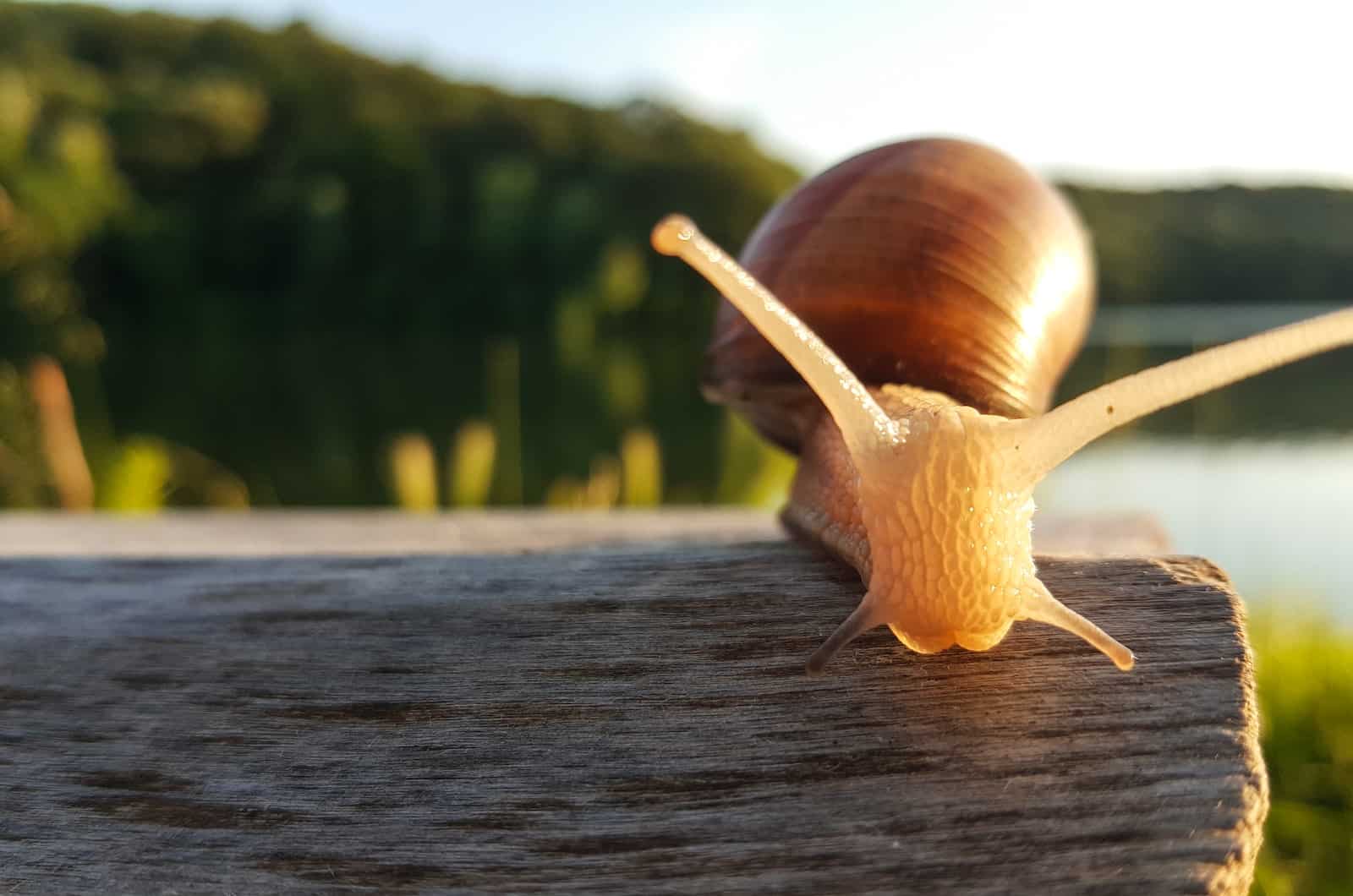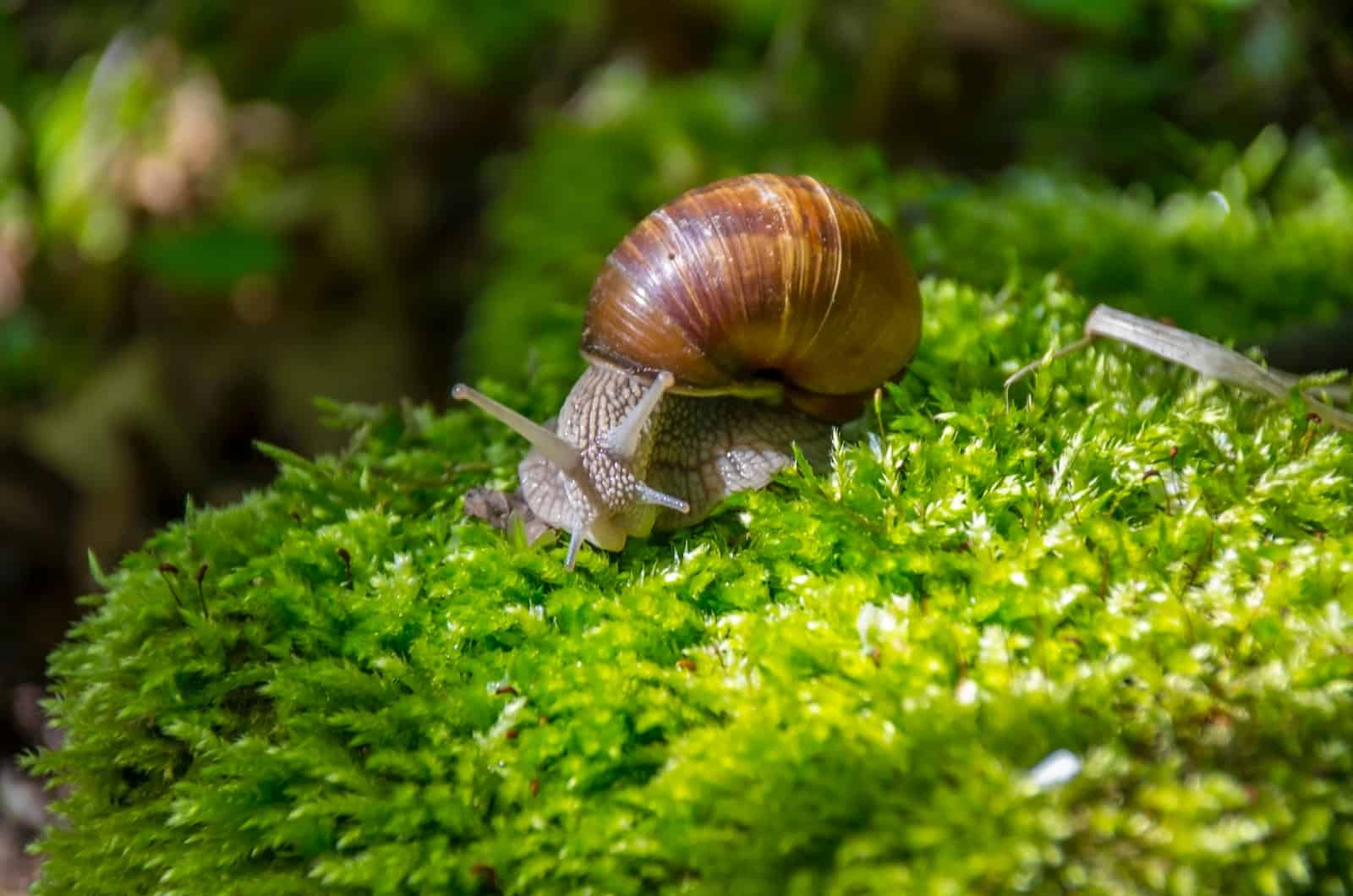Snails in garden aren’t a welcome sight because these pests eat our leafy plants and wreak havoc in our vegetable gardens!
The variety you’re most likely to meet is the brown garden snail, also known as Cornu aspersum (Helix aspersa previously). However, any gastropod (both snails and slugs) has the potential to eat your veggies, so it’s important that we know how to get rid of them.
Below you can read how to deter or kill these pests and keep your plants intact!
How To Get Rid Of Snails In Garden
Most growers want to know how to get rid of pests during flowering, or rather without damaging the plant.
Well, when it comes to members of the phylum Mollusca (mollusk), you can pick them off by hand, set up snail traps, use natural repellents such as eggshells and coffee grounds, or grow plants that the gastropods cannot stand.
There are more or less violent methods. For instance, salt can dehydrate snails and kill them within a few minutes. Some gardeners just want to deter the gastropods, so they use copper instead. We tested this theory and found that this material doesn’t always keep snails and slugs at bay.
All in all, you can get rid of these pests using either natural or chemical methods, and below we’ll discuss the different methods you can use.
Natural Biological Control Of Snails
You can get creative with natural ways of removing slugs, from picking them off by hand and using certain materials you can find in your kitchen, to planting snail-repellent plants and switching to a different watering system.
Below, you can read about 12 different ways of deterring snails, but before setting your traps and introducing predators, ensure you actually have a snail issue in your garden first.
Search for a mucous/slime trail, which is a tell-tale sign of slug infestation, to make sure you’re really dealing with slug damage rather than deer or rabbits.
Once you’re positive your garden is filled with gastropods, you can devise a plan for snail control.
Many growers use IPM (Integrated Pest Management), which reduces the use of pesticides to minimize the risk and impact on people and the environment, while limiting pest populations and the damage they cause.
1. Hand-Picking These Garden Pests
This method doesn’t require any detailed preparation or planning; all you’ve got to do is look for snails, pick them off, and dispose of them.
You can either take them someplace else, feed your domestic animals with them, or kill them by soaking them in soapy water.
Finding the snails and slugs is the hardest part, but you can always attract them by setting up bait.
We’ll talk more about it in the following section.
2. Setting Up Snail Baits And Beer Traps
If you’ve ever wondered how to get rid of plant flies or snails and slugs without using pesticides, you don’t have to look for the answer any further.
You can install traps to attract snails and then kill them or feed them to your domestic animals.
There are a couple of different slug baits, such as beer traps, inverted flower pots, wooden boards, etc.
For instance, you can fill a container with beer, and the scent will attract the slugs. If the container is deep enough, the pests will drown in the liquid.
If you don’t want to use beer, you can always mix some honey and yeast, as this blend will also attract gastropods.
Snails love the shade, and if you flip over a flower pot and support one side with a rock, you’ll create a suitable hiding place for these animals.
Once they go under the planter, you can pick them up and either destroy them, feed them to your slug-eating animals, or release them somewhere far from your property.
Finally, wooden boards are used in the same way as flower pots. Prompt them to one side and wait for the slugs to hide in their shade, after which you can remove them.
3. Using Eggshells As Pest Control
Gardeners use eggshells as a barrier to prevent slugs and snails from coming near their plants.
Ensure that the sharp parts face upwards so that the gastropods cannot cross them. The edges will hurt these pests, and they’ll give up trying to nibble on your veggies.
4. Using Coffee Grounds
Wet weather has its pros and cons. For instance, you won’t have to worry about watering your plants, but it’ll also attract unwanted guests such as snails and slugs.
The good news is that you can use an ingredient every kitchen has to deter them: coffee.
Coffee grounds repel rabbits as well as gastropods, so you can quickly create a pest-free environment.
You can spray a diluted solution on your plants’ foliage, use it as mulch, or simply sprinkle some coffee grounds around your plants to repel pests.
If you plan to spray your plants, make sure to dilute one espresso in a lot of water (the ideal ratio is 1:10 in favor of water). Spray the plants and soil, and reapply it whenever it rains.
5. Using Diatomaceous Earth
Snail damage is always sad to witness, but you can do something to deter these gastropods.
For instance, diatomaceous earth is an organic pest repellent that reliably destroys snails and slugs. It contains silica, which splits the animal from its shell, leading to dehydration and, in some cases, death.
However, it needs to be dry to work, so you’ll have to reapply it constantly if you want it to work.
6. Using Salt
One of the ingredients we all have access to is salt, and we can use it to kill snails and slugs.
Salt dehydrates the slimy exterior of gastropods, and they won’t survive more than a couple of minutes after being sprinkled with it.
7. Slug-Repellent Plants
Just as there are plants that repel lizards, there are also plants that deter slugs. These pests detest aromatic and woody plants, so planting lavender, rosemary, mint, lemon balm, hydrangeas, and geraniums in your garden can both beautify and make it snail-free.
Ferns and euphorbias are also believed to deter these pests, and they are easy to care for, so you can grow them even if you have a busy schedule.
8. Destroy The Snails’ Hiding Spots
One of the things that can help you keep your garden slug-free is destroying their hiding places. This method will significantly reduce their presence, and you won’t have to deal with half-eaten plants any longer!
The key is finding their hiding spots. Look for moist and dark places all over your garden, such as under groundcover, stones, rotting fence timber, logs, wood piles, and in tall grasses, etc.
Once you find their nests, you can remove any rotting wood, cut the grass, and anything else that can create a dark and damp shelter for these pests.
9. Set Up Barriers Around Your Plants
Using barriers is an excellent way to shield your plants from snails and slugs. We already mentioned using eggshells, but if you’ve already dried and ground them to add them to the soil, you can use other materials.
For instance, you can cut the bottom of a large plastic bottle and place it around your plant so that slugs cannot get near it.
Just make sure to leave the cap open or create an opening yourself so your plant can breathe. Also, the temperature under the plastic bottle can get high and stress your plant, so don’t forget about the opening!
Of course, if you live in a climate with scorching temperatures, you should remove the bottle during the day altogether and then place it back in the evening.
Remember, slugs and snails usually feed during nighttime, so you won’t be putting your plants at risk!
If you don’t want plastics in your organic garden, you can always set up a ring barrier using coffee grounds, eggshells, sawdust, etc. These materials will attach themselves to the slimy outside of snails, so the pests will have a difficult time moving.
10. Introduce Natural Predators Of The Slug
Many animals eat mollusks, including snakes and toads. But these animals aren’t that welcome in our gardens either, not because of plants, but because they disturb our inner peace.
However, there are some other wild animals that can eat snails and slugs, such as shrews, squirrels (if they are famished), turtles, blackbirds, thrushes, etc.
11. Switching To Drip Irrigation
Have you ever noticed how the snail and slug population increases after rainy days? That’s because these pests love moisture.
And one thing that can attract them are sprinklers. They leave the leaves of your plants moist for a long time, which attracts mollusks.
But you can deal with this issue by simply switching to drip irrigation. This watering system will deliver moisture to the base of the plant, creating a drier environment.
However, it is expensive, but you can always try out some other snail-removal methods if you’re on a budget.
12. Mulching
Using mulch to reduce the snail population in your garden is a double-edged sword. Yes, it can repel the mollusks, especially if you use highly fragrant herbs such as lavender, sage, mint, lemon balm, rosemary, etc.
However, mulch also retains moisture, which can actually attract these nuisances.
If you see that the snail population around your mulched plants has increased, you can simply remove the mulch, get rid of all the snails, deal with their hideouts, and then mulch your plants again with more fragrant herbs.
Chemical Control For Removing Snails And Slugs
We have now discussed some natural ways of removing mollusks from your garden, but those aren’t the only methods.
There are some effective pesticides and chemical baits you can use to destroy gastropods, but they aren’t always environmentally friendly and safe for your plants.
We’ll discuss them below so that you know all your options!
Using Pesticides, Snail Baits, And Other Chemicals
Pesticides for snails and slugs are known as molluscicides due to the name of their phylum (Mollusca).
The main ingredient of these chemicals is metaldehyde, which isn’t toxic to plants. But this compound is highly toxic to other animals, so you shouldn’t use it if you love having birds in your garden or if you have pets.
You should keep in mind that metaldehyde loses its properties in heavy rain, so you’ll have to reapply it!
You can also try bleach, but we wouldn’t recommend using it around your plants because it can cause serious damage.
Less Toxic Molluscicides
Thankfully, there are some other synthetic products you can use that are much safer for your children and other animals.
One such active ingredient is iron phosphate. These baits are safer for children and domestic animals and are suitable for IPM (Integrated Pest Management).
You can also get bait with ferric sodium EDTA, which kills snails and slugs faster than iron phosphates. However, products with this active ingredient aren’t suitable for organic use.
You can also use pesticides with sulfur as their active ingredient. They are a bit less effective than iron-based molluscicides, but they will still reduce the population of snails and slugs in your garden.
All in all, whichever type of snail bait you use, it will get the job done; but less toxic and organic choices are generally safer and yet equally effective.
How To Use Chemical Control
When using molluscicides, you need to sprinkle them near the plants (but never on them) that gastropods frequently visit.
Placing the bait in the same place increases the protection, but you shouldn’t pile it up as your children or pets might ingest it, or they may clump in heavy rain and make them less effective.
You can sprinkle molluscicides near any possible hiding spots of snails and slugs, such as under rotting wood piles, logs, stones, near fences, etc.
Furthermore, you should always apply pesticides in the evening because snails and slugs are most active at night.
Finally, you can lightly water your plants after sprinkling baits, but don’t use too much moisture as it can have the opposite effect.
FAQ
There are still plenty more essential facts about snails in garden we have yet to discuss!
We found some questions about these gastropods you frequently asked us and decided to answer them in the sections below.
Is it good to have snails in your garden?
Gastropods have a couple of benefits for your garden, such as speeding up the decomposition process. Like mushrooms are decomposers, as are snails and slugs; they break down the dead matter into smaller pieces.
This process improves the fertility of the soil, while snail slime is rich in nitrogen and can help replenish this nutrient.
Finally, some mollusks also feed on smaller bugs, so they can keep the pest infestations at bay.
Why are there so many snails in my garden?
There are a couple of reasons your garden may attract snails: it offers them excellent hiding places, it is moist, and there are many plants that gastropods are particularly fond of.
Snails and slugs love dark and moist places, so removing all plant debris, cutting the grass, and getting rid of stones and logs from your garden will make them look for a shelter somewhere else.
Mollusks are also attracted to moisture, so you should either install a drip irrigation system or water the plants at their bases.
Finally, snails love the delicate leaves of seedlings and young plants, so transplanting mature vegetables into your garden or growing aromatic herbs will protect your veggies from slug attacks.
Final Thoughts
This article included twelve ingenious methods you can implement to get rid of snails in garden. You can choose between natural or chemical control.
Most of these tips include killing slugs, but if you don’t have it in you to destroy them, you can always pick them up by hand and take them somewhere far from your garden.
Furthermore, some pesticides can be really dangerous for your children and pets, so bear that in mind if you settle upon chemical control.
Good luck with the infestation, and until next time!
Like this post? Share or pin it for later!

